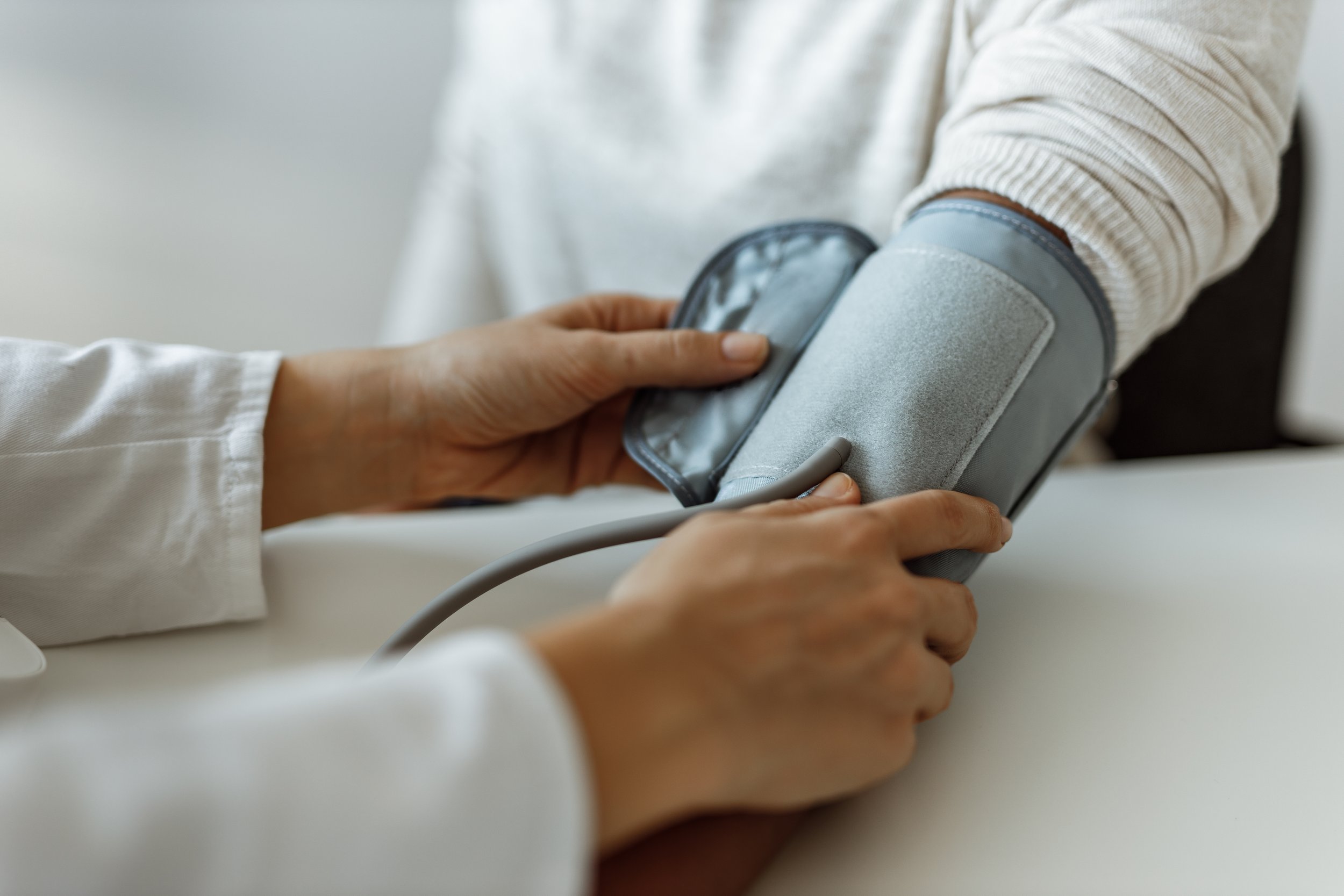How to check your blood pressure at home
Home measurements enable real-world assessment of blood pressure in your normal environment. There are two ways of measuring home blood pressure:
An automatic blood pressure monitor that is worn all day. It uses a timer to measure blood pressure during waking and sleeping hours. Our office will provide you one for a day if recommended.
A personal home monitor that you would use and inflate as directed by your doctor.
How to use a personal home blood pressure monitor
Be still. Don't smoke, drink caffeinated beverages or exercise within 30 minutes before measuring your blood pressure. Empty your bladder and ensure at least 5 minutes of quiet rest before measurements.
Sit correctly. Sit with your back straight and supported (on a dining chair, rather than a sofa). Your feet should be flat on the floor and your legs should not be crossed. Your arm should be supported on a flat surface (such as a table) with the upper arm at heart level.
Keep still and quiet while you take your reading. Moving, chewing, talking and laughing can affect your reading.
Don't take the measurement over clothes. Wear loose fitting clothes that you can roll up above your elbow.
Place the arm cuff just above your elbow. The cuff should be about 1 inch above your elbow to make sure it can detect the artery in your arm, just under the skin.
Your doctor will give instructions about the times of day and number of days a week to check.
Record the results along with the date and time. If your monitor has built-in memory to store your readings, take it with you to your appointments.
Have your home machine checked by bringing it with you to the office.
Wrist and finger monitors are less reliable.
Choose a high quality monitor. You may use this link.
Take two readings, each about one to two minutes apart. If your first reading is much higher than the next, ignore it and take an extra reading. Once you have two readings, you can work out the average.
Remember that your blood pressure is not like your home thermostat.
Blood pressure varies throughout the day. That means that there will be higher and lower readings. While there are exceptions, your doctor generally will react to the trend over several weeks rather than to single readings. In general your doctor will likely prefer that you take the same medications every day to assess their effectiveness rather than have you base your medication choice for the day on one reading. Unless otherwise instructed, you should not check your blood pressure too often either. This can become a source of stress that can, in itself, elevate your blood pressure. Call us with your questions.

